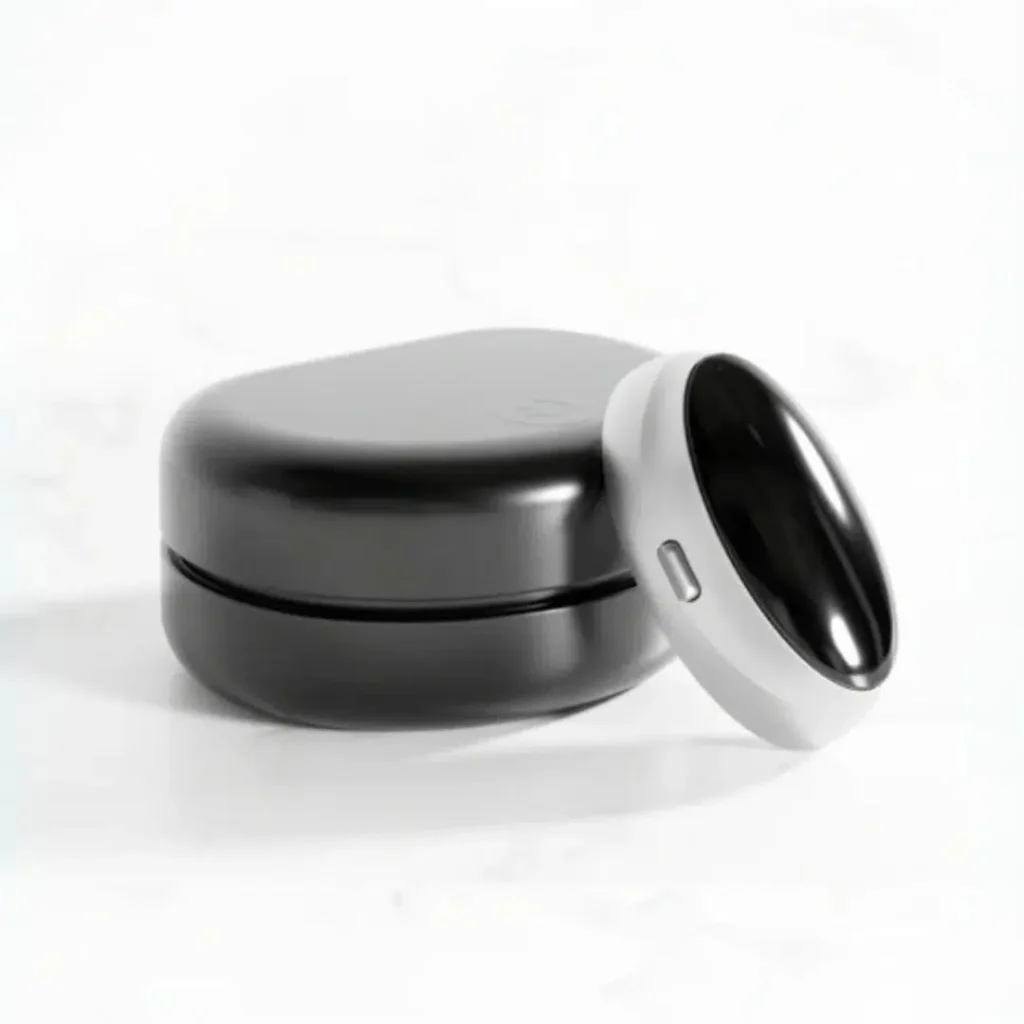As someone deeply invested in the field of sleep science—both through clinical experience and personal research—I am always searching for innovative solutions that can genuinely improve sleep quality for my patients and myself. Over the past month, I dedicated myself to a thorough evaluation of the SleepEase Pro, an anti-snoring and mild sleep apnea device that leverages cutting-edge Electrical Muscle Stimulation (EMS) technology. After weeks of nightly use, examining its performance against other established interventions, I can confidently say that this device far exceeded my expectations in several key areas.
Table of Contents
Unboxing and First Impressions
The SleepEase Pro arrived neatly packaged with clear, accessible instructions and a set of hypoallergenic adhesive patches. The device itself is compact and lightweight—much smaller than many oral appliances or CPAP components I’ve encountered. As someone who values ease of use, I appreciated the simple USB-C charging system and the intuitive, three-level intensity controls. Within minutes, I had the device set up and ready for my first night’s trial, feeling cautiously optimistic.

Comfort and Nightly Experience
A critical barrier for most anti-snoring products is comfort. Mouthpieces can cause jaw pain, CPAP masks often induce claustrophobia or skin irritation, but the SleepEase Pro sits gently under the chin, virtually unnoticeable after the initial application. The first night, I did feel the EMS pulses—a sensation best described as a gentle “buzz” or “tap”—which took a little getting used to. However, by the second night, the stimulation became background noise for my brain, and I barely noticed it at all during subsequent trials. The device remained secure throughout position changes and did not disturb my sleep or cause any discomfort, even on my most restless nights.
Mechanism and Science
What differentiates SleepEase Pro from traditional snoring aids is its focus on addressing the root cause: muscular laxity in the upper airway. Rather than merely repositioning the jaw or tongue, it gently stimulates and tones the muscles that support the airway using EMS. Scientifically, this makes sense. Weak or relaxed throat muscles are often to blame for snoring and mild obstructive sleep apnea. Strengthening these muscles—much like one would train any other muscle group—can help prevent the airway collapse that causes nighttime noise and disrupted breathing. With every night of use, I felt increasingly optimistic about the device’s approach.
Results and Observations
Within the first three nights, I noticed several striking improvements. My spouse reported that my snoring episodes dropped dramatically, and her own sleep quality improved in parallel. Personally, I woke up feeling more refreshed, with a notable reduction in the “groggy” feeling and daytime fatigue that sometimes plagued me after a disrupted night. To collect objective data, I used a bedside audio recorder and tracked my sleep metrics with an oxygen saturation monitor. The results showed a decrease in both snoring events and brief desaturations, confirming the subjective improvements we both observed.
What impressed me further was the product’s cumulative benefit: after about three weeks of nightly use, I noticed that even when I skipped a night or two, the improvements in snoring and sleep continuity largely persisted. This suggests, in line with the manufacturer’s claims and emerging clinical commentary, that regular EMS conditioning can produce lasting muscle tone, possibly diminishing the need for permanent device reliance.
Side Effects and Adjustment Period
No intervention is without some adaptation. During the first two or three nights, I experienced mild tingling and gentle muscle contractions under my chin. For those new to EMS, this can feel a bit unusual, but the sensation quickly fades into the background. Crucially, I never experienced discomfort, skin irritation, or sleep disturbance from the stimulation. I tested the SleepEase Pro both on freshly shaven skin and with several days’ beard growth; in both cases, the device functioned reliably, thanks in part to the strong yet gentle adhesives provided.
Comparison with Other Solutions
For my patients and readers familiar with CPAP, I want to stress that SleepEase Pro is most effective for primary snorers and those with mild sleep apnea. CPAP remains the gold standard for moderate to severe cases and should not be replaced if prescribed for medical necessity. However, as someone who has trialed CPAP and several mouth guards, I found the SleepEase Pro infinitely more comfortable and less intrusive. Most importantly, it is silent, travel-friendly, and does not disrupt my natural sleep environment.
Final Verdict: Worth Buying?
After a thorough month-long trial, combining professional skepticism with personal need, my conclusion is clear: SleepEase Pro is absolutely worth buying for anyone struggling with nightly snoring or mild sleep apnea, especially if other methods have failed. It delivers tangible results, is genuinely comfortable, and addresses the root muscular issue rather than offering just a quick fix. For couples disturbed by snoring or individuals eager for restorative, uninterrupted sleep, it can be a game-changer. With persistent nightly use, there’s even a strong possibility of medium-term independence from the device—unique in the snoring solutions market.
For these reasons, I’ll be recommending SleepEase Pro to my clinic’s patients and adding it to my top recommendations for non-invasive, user-friendly sleep aids. If restful nights and quieter mornings are your goal, this innovative patch is, in my expert opinion, a smart investment.

Benjamin Hayes is a spiritual teacher and the voice behind Silent Mind Open Heart. Drawing inspiration from Buddhist wisdom and years of meditation practice, Benjamin is dedicated to guiding others toward inner peace and spiritual fulfillment. Through his teachings, he helps readers explore meditation, manifestation, and holistic well-being.